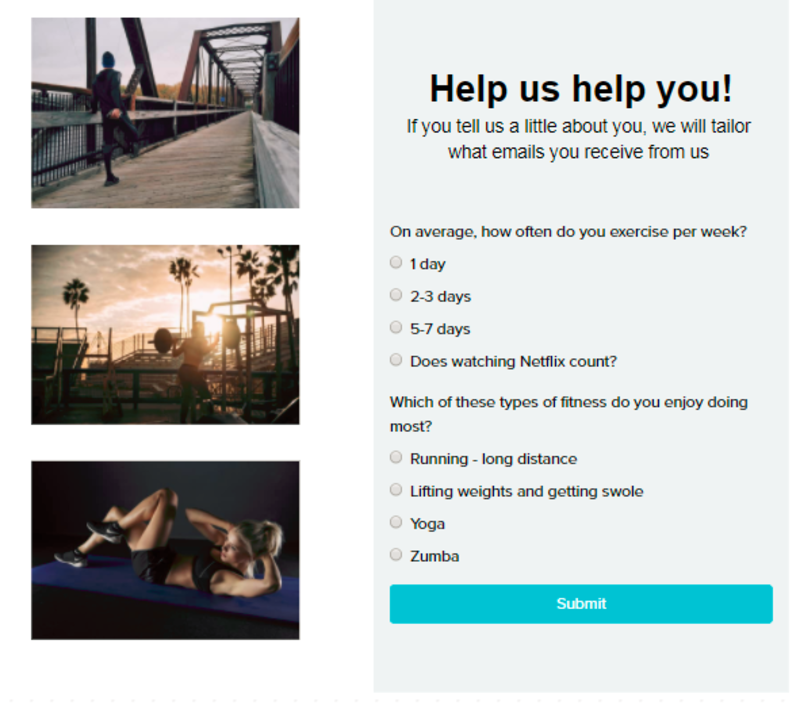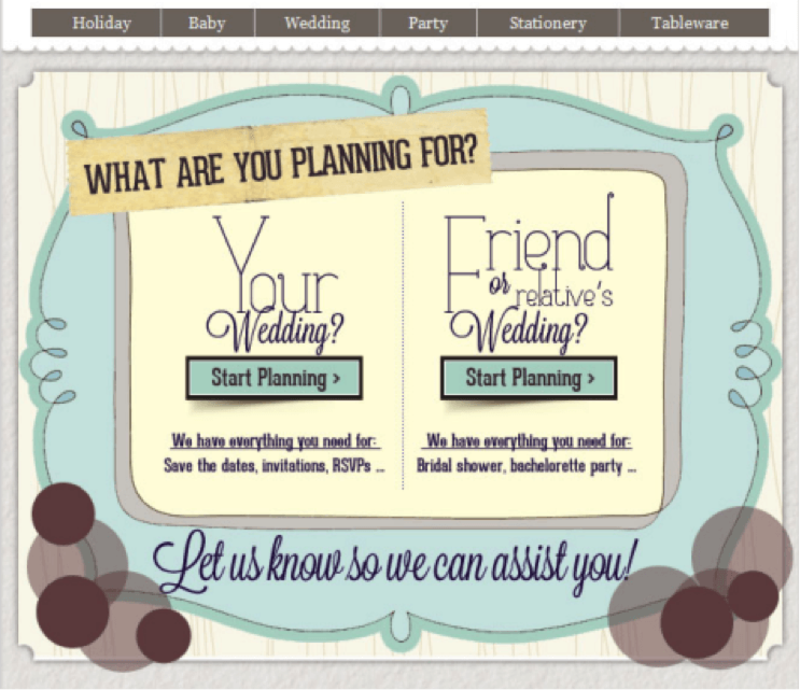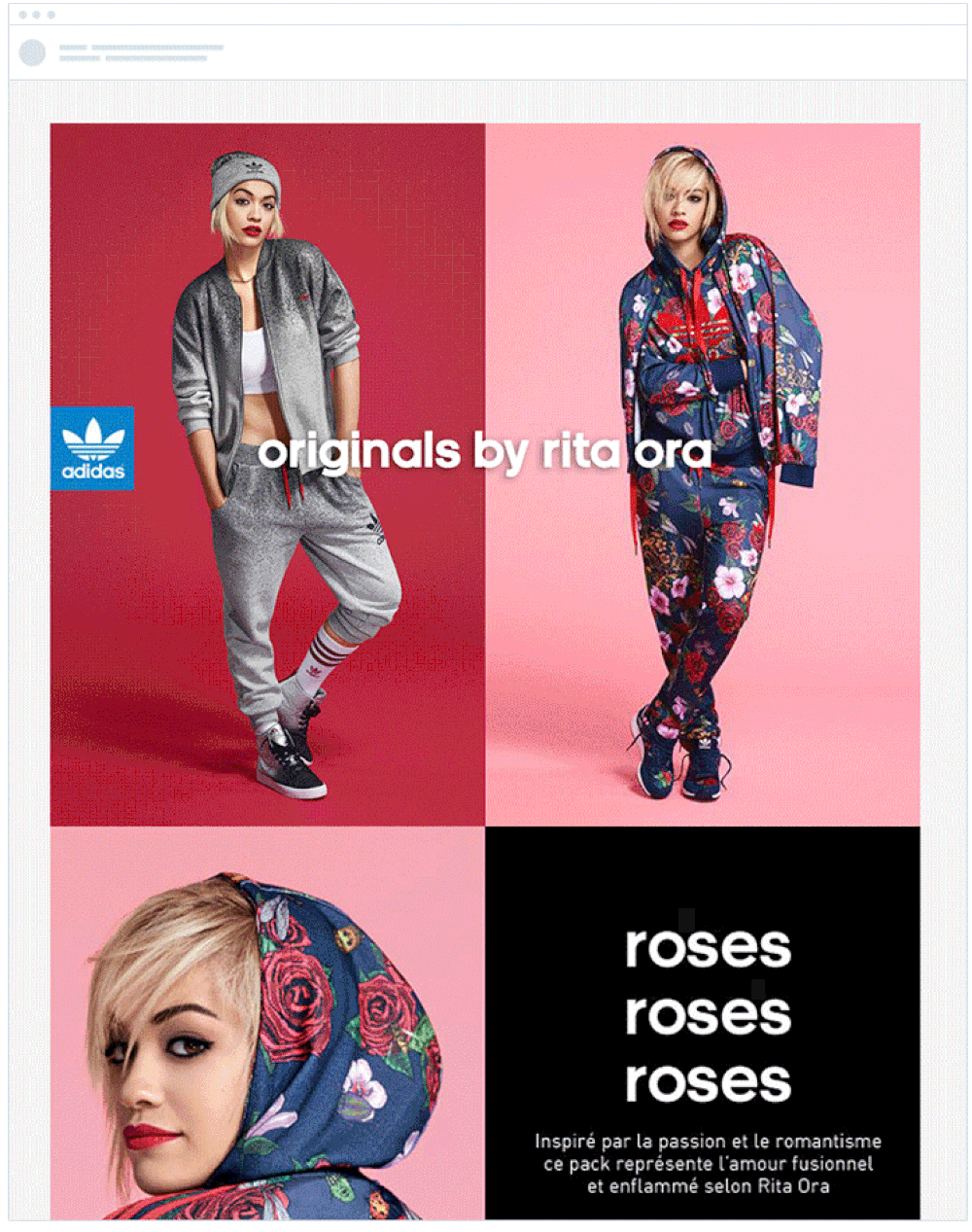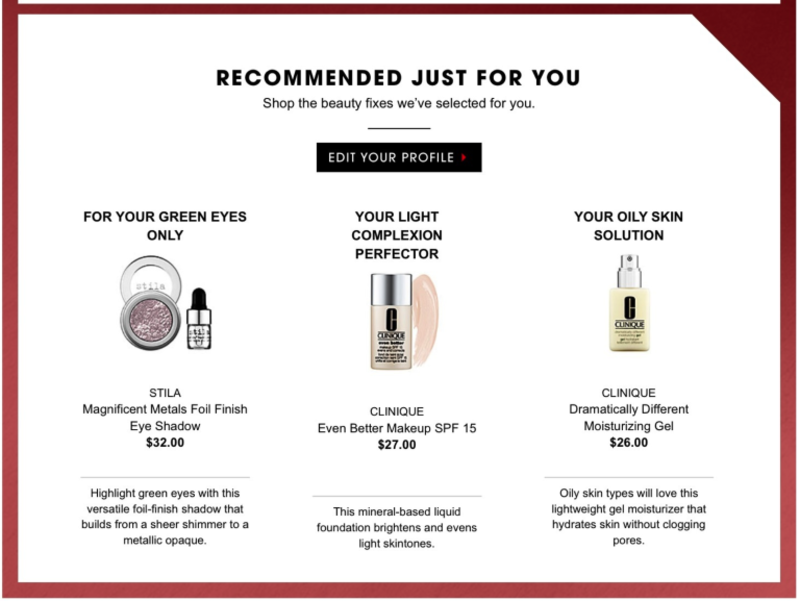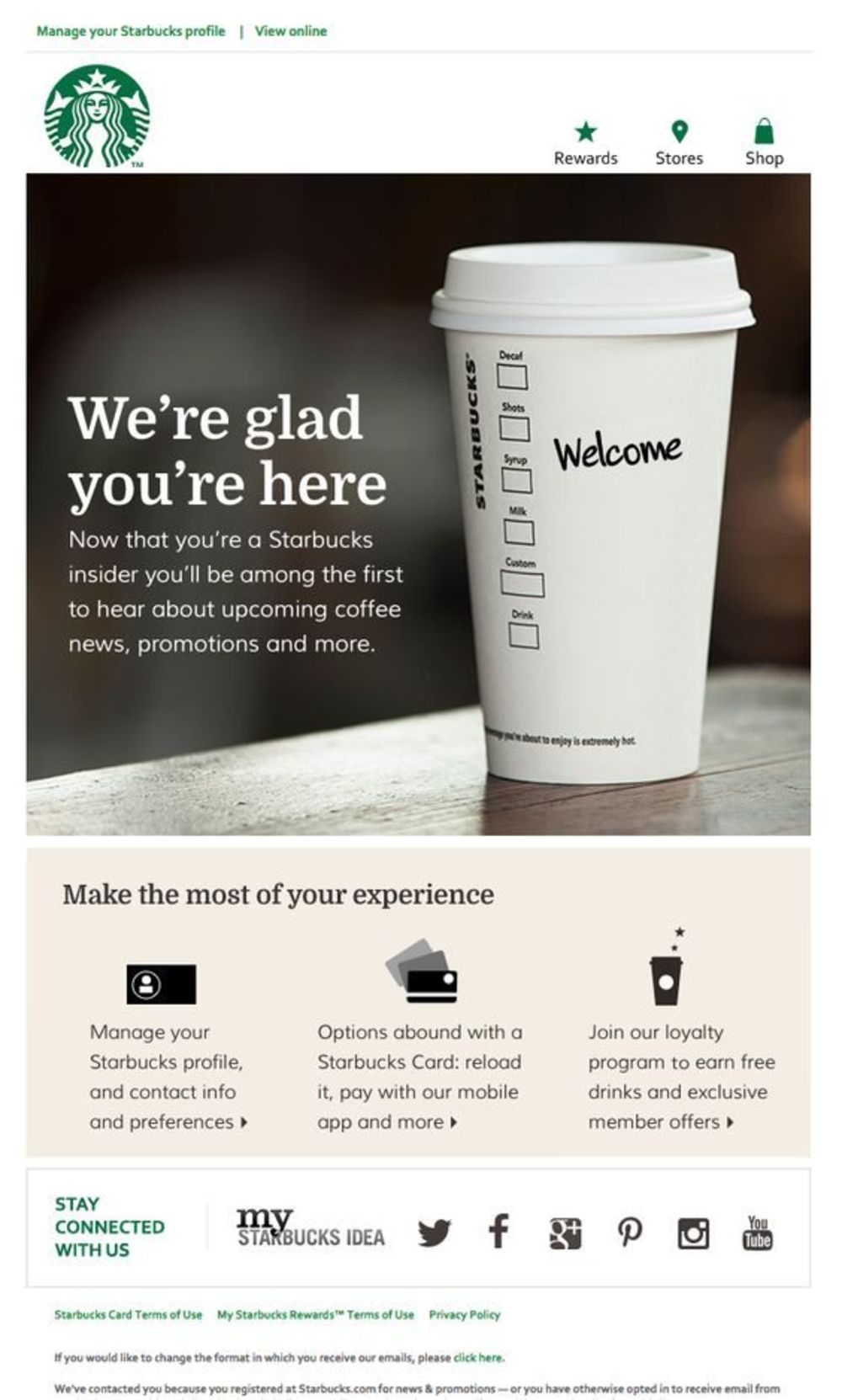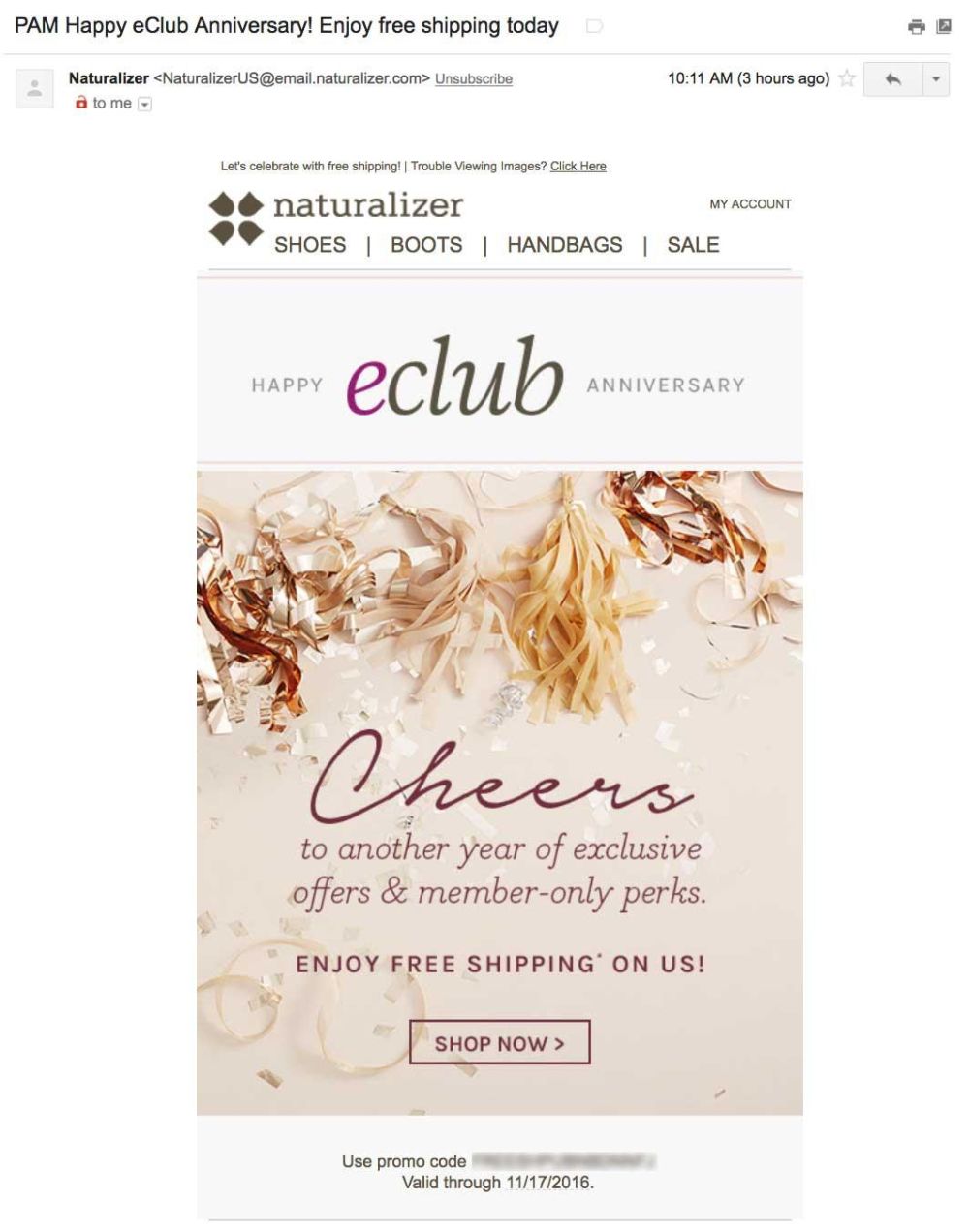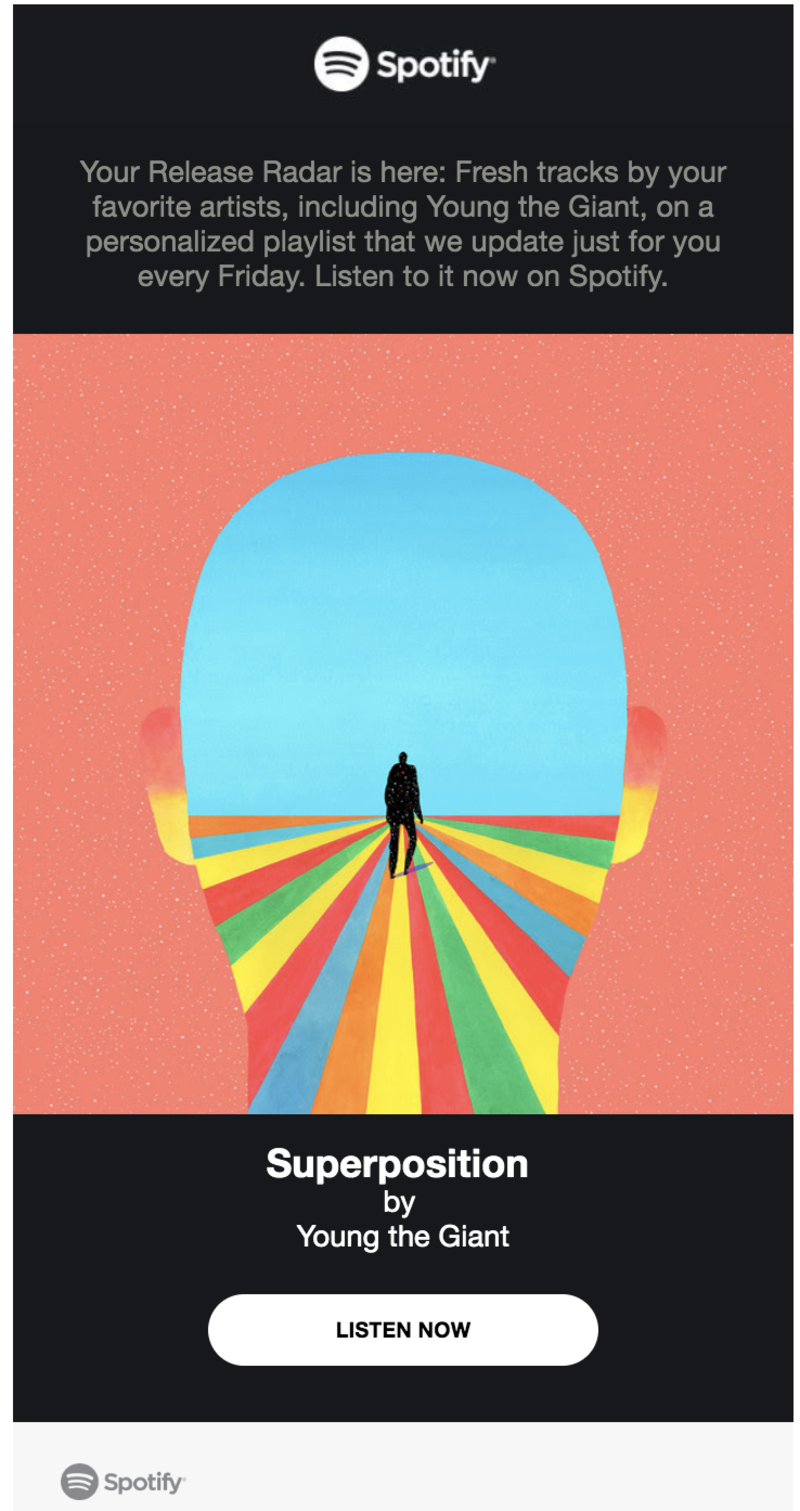According to The Radicati Group, a staggering 269 billion emails are sent every day, while there are just over 3.7 billion email users worldwide. The firm also found the average person receives about 90 emails a day. What’s more, 95% of all businesses employing marketing automation software use it specifically for their email marketing efforts.
This isn’t meant to discourage you from your own email marketing efforts. On the contrary, it should be viewed as an opportunity, not a deterrent.
Sure, we can all relate to opening our inbox just to delete marketing emails without even reading them. But have you ever stopped to think about the emails that did catch your eye, and what that was?
Chances are the emails that resonate with you most are structured and sent with you and your interests in mind. The marketing emails your business sends should also follow this model: personalized to the recipient by their location, interests, behavior, and so on.
14-day free trial. No credit card required.


